scottie3158
SMF Supporter
Barry,
Looking good mate, hope they get the back sorted.
Looking good mate, hope they get the back sorted.
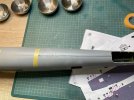
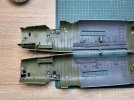
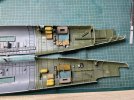
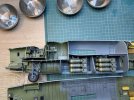
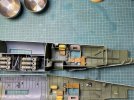
True. But to play safe I will still use at least 300g as well.300 gm! That's a LOT of weight. Methinks that metal u/c set you got is going to save you a lot of heartache!
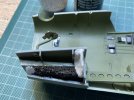
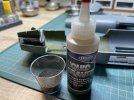
That’s the gap I referred to but it won’t be enough!Between the cockpit floor & wheelhouse roof?
Front of the inboard engine nacelles? Not as big as a lever arm as the nose, but quite a large diameter for washers/coins?Getting enough weight into the front is a definite challenge.
I wanted as much of the weight as far forward as possible.
I used two part Milliput to seal the front and end of a cavity on the starboard side, then I used Gator Grip to push in and around the dry Milliput to make sure there was a tight seal.
I then poured liquid gravity into the cavity and sealed that with superglue.
After that I used masking tape to create a wall into which I poured more liquid gravity in which was again sealed with superglue.
Then, after removing the tape, I did some test fitting to make sure nothing impeded the fit of the port fuselage and it was fine.
Next step was to put in another Milliput barrier which will enable me to pour more liquid gravity in once the fuselage is closed. A m other test fit, before the Milliput was dry and that job is done.
View attachment 492179
Above you can see how it is left, for now. There will be some painting needed where the Milliput will be visible.
This photo below is how much LQ still need to be fitted, a full bottle plus what’s in the shot glass.
There is one large cavity which should take a fair bit over the nose wheel once the internal structure is fitted, but I will still have a lot more to get in. I have some ideas on that.
View attachment 492180
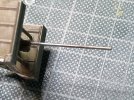
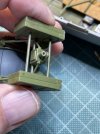
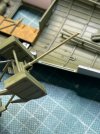
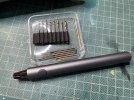
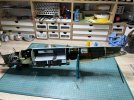
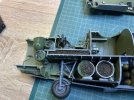
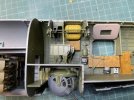
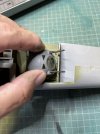
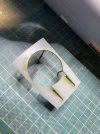



For FULL Forum access you can upgrade your account here UPGRADE
